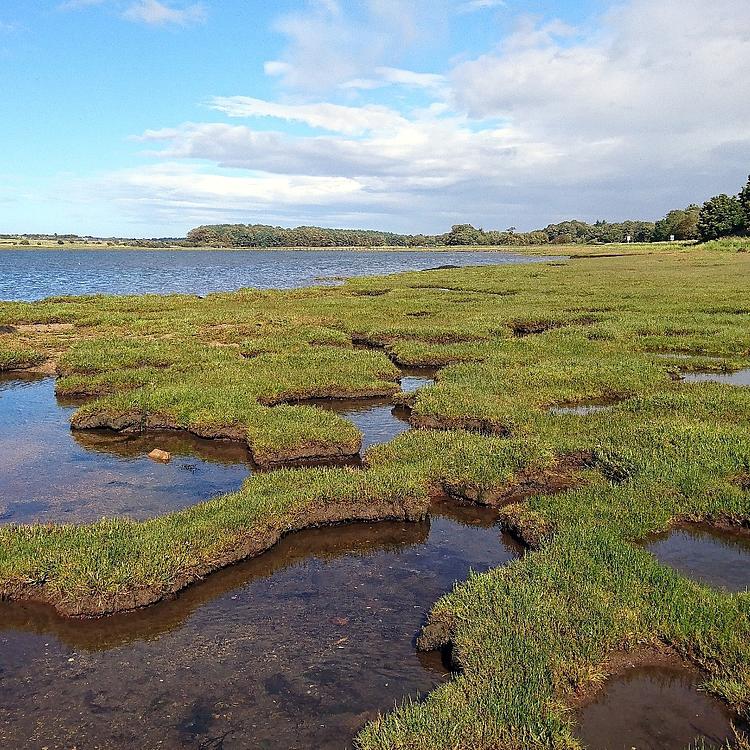
SALT MARSHES
Dense areas of vegetation in nutrient-rich mud, salt marshes are globally recognised as sites of huge conservation importance.
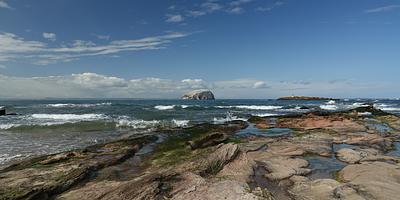
The marine environment is made up of a patchwork of habitats; areas that are characterised by a combination of physical and biological features. Each habitat contains a different community of species and provides us with a variety of services. Though the environment has been categorised into habitats, they do not exist in isolation. Energy and species flow between them, meaning a change in one habitat will also result in the change of another. The most ecologically diverse and important habitats are protected by laws that come with designations such as Special Areas of Conservation.

Dense areas of vegetation in nutrient-rich mud, salt marshes are globally recognised as sites of huge conservation importance.
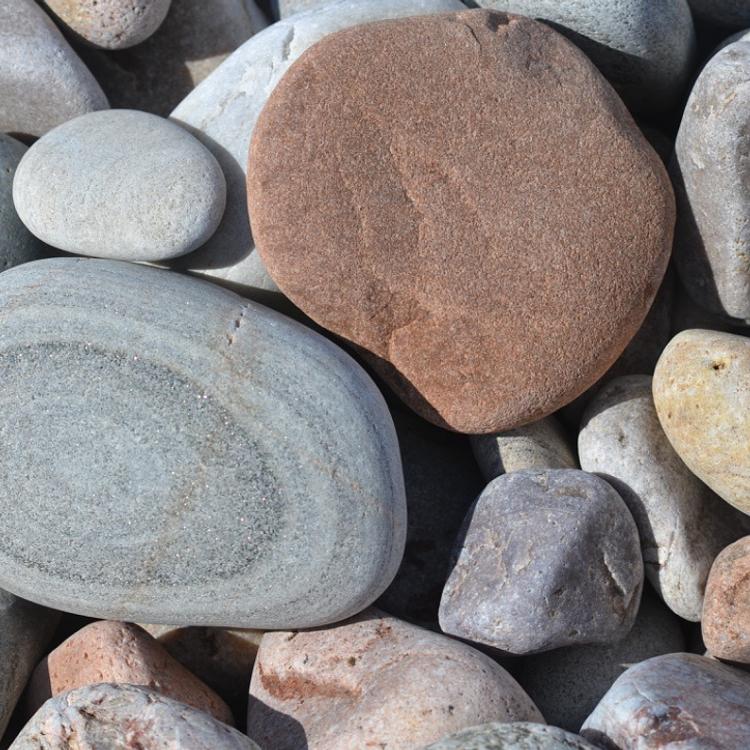
Free-draining, unstable habitats with little soil – shingle beaches are home to some tough species.
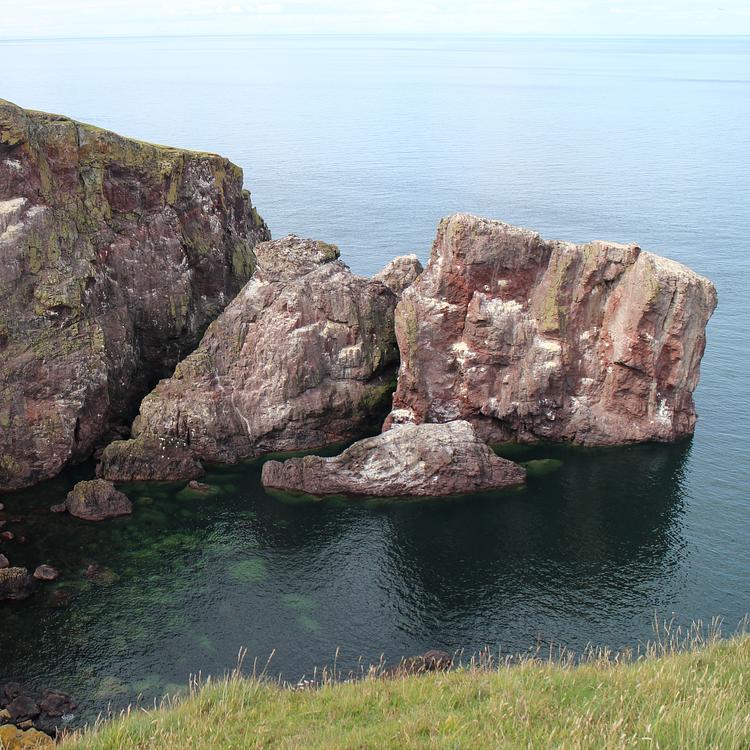
Cut off from the land and rising above the sea, cliffs provide a safe haven for any species that can reach them.
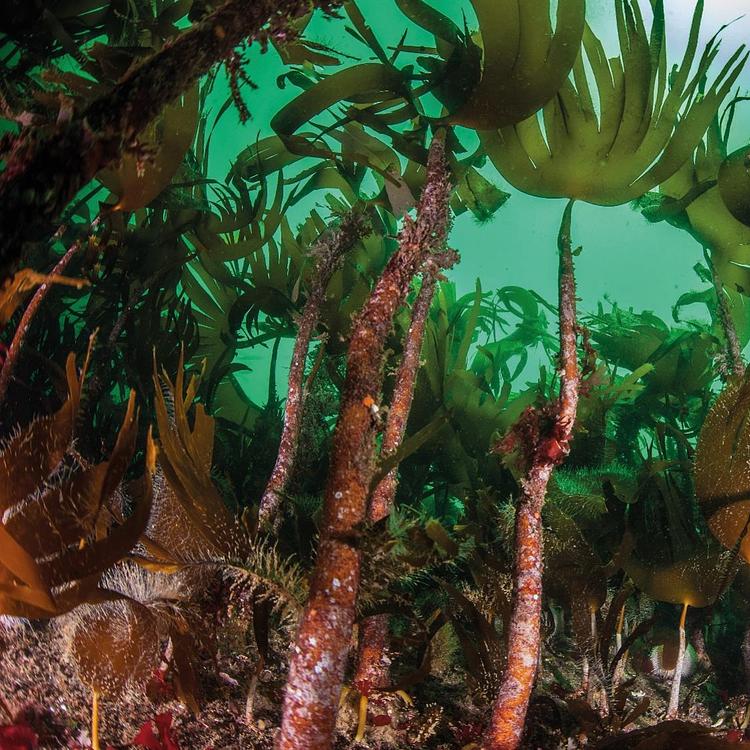
Found along a quarter of the world’s coastline, kelp forests play an important role in maintaining a healthy marine environment.